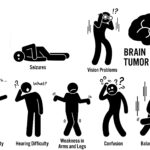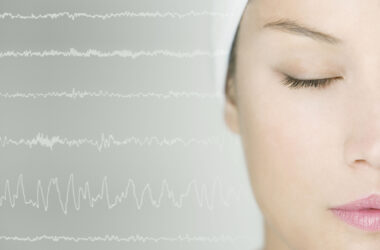Epilepsy is a neurological disorder that affects about one in every 26 Americans.
It is the fourth most common neurological disorder behind migraines, stroke and Alzheimer’s.
By definition, epilepsy is a neurological disorder marked by sudden recurrent episodes of sensory disturbance, loss of consciousness, or convulsions, associated with abnormal electrical activity in the brain.
Seizures, a common side effect of an epileptic episode, can be as subtle as momentarily staring blankly to loss of awareness and motor control, resulting in uncontrollable twitching and convulsing.
The International League Against Epilepsy (ILAE) has categorized the range of seizures into three sections: focal onset, generalized and unknown onset.
These categories are determined by where the seizure begins in the brain; level of awareness during the seizure; and other features of the seizures such as motor skills or auras.
Each of these categories of seizures has a distinct set of symptoms, but the majority of people with epilepsy have focal seizures.
Most people with epilepsy, around 65 million around the world, are either diagnosed when they are young, under the age of two, or well into their adult life, typical after 65.
Fortunately, many children diagnosed with epilepsy end up outgrowing their disorder and don’t experience epileptic symptoms as an adult.
Unfortunately, the cause of epilepsy has yet to be determined; it crosses race, age, gender and genetics.
However, there are some potential risk factors correlated with epilepsy including: brain infections, family history, head/brain injuries, age, childhood seizures, dementia and vascular disease.
Again in most cases, the cause for epilepsy is unknown, but brain infection (AIDS or meningitis), brain tumors, head trauma and stroke have been known to cause epilepsy in their aftermath.
To confirm whether or not someone is epileptic, a neurologist will conduct blood tests, EEG, neurological examination, CT scans, MRI, fMRI or a PET Scan.
Based on these tests and a physical examination, a person can be diagnosed and find ways to manage their symptoms.
Medication is often the first choice and has a high success rate of relieving epileptic seizures and symptoms.
Surgery is also a possibility in some cases. Depending on the case, some brain imagery tests can detect the area of the brain responsible for the seizures.
If this affected area is well defined and small, a neurosurgeon and neurologist may decide to remove part of the brain responsible for the seizures or possible prevent the area from growing and spreading to another area of the brain.
There are also other treatment options such as nerve stimulation and diet-related remedies.
Overall, epilepsy can be challenging and potential dangerous to those who experience its symptoms; however, many epileptic people find remission and are able to live their daily lives without interruption.
For more information on epilepsy, visit Purple Day 2019.










